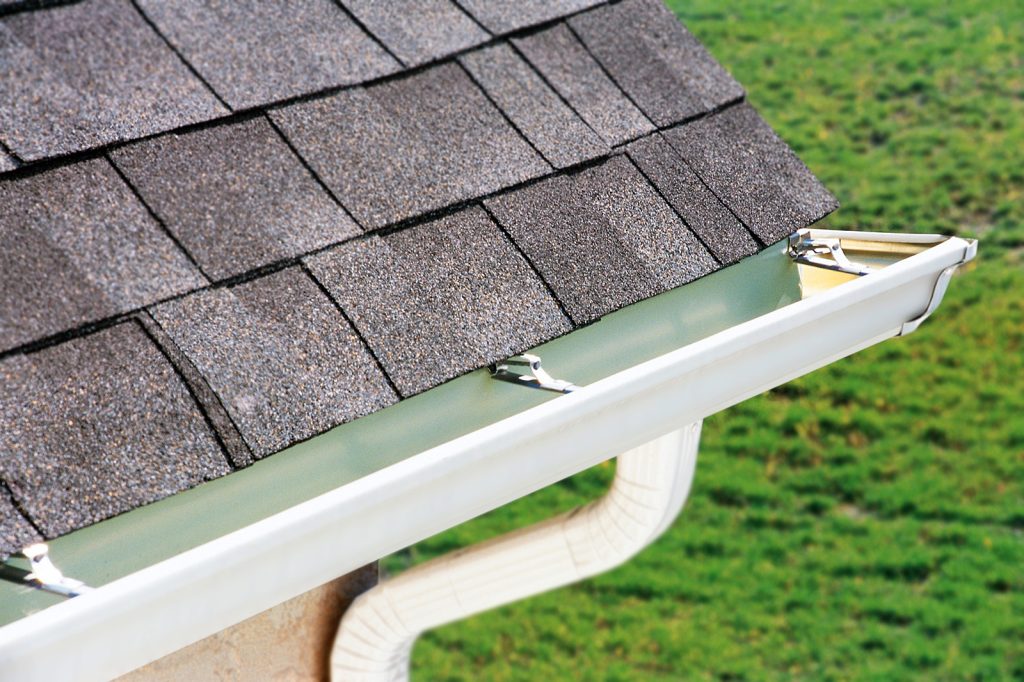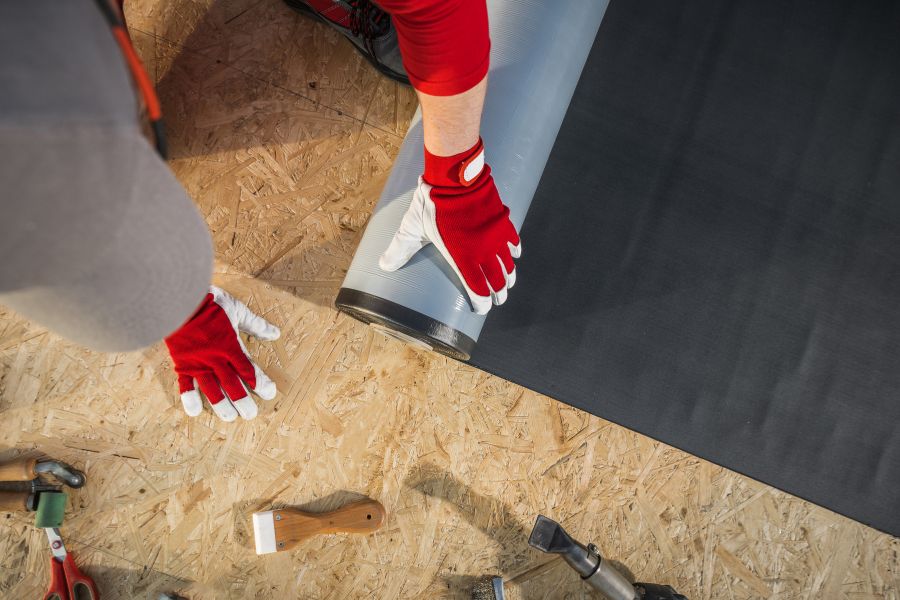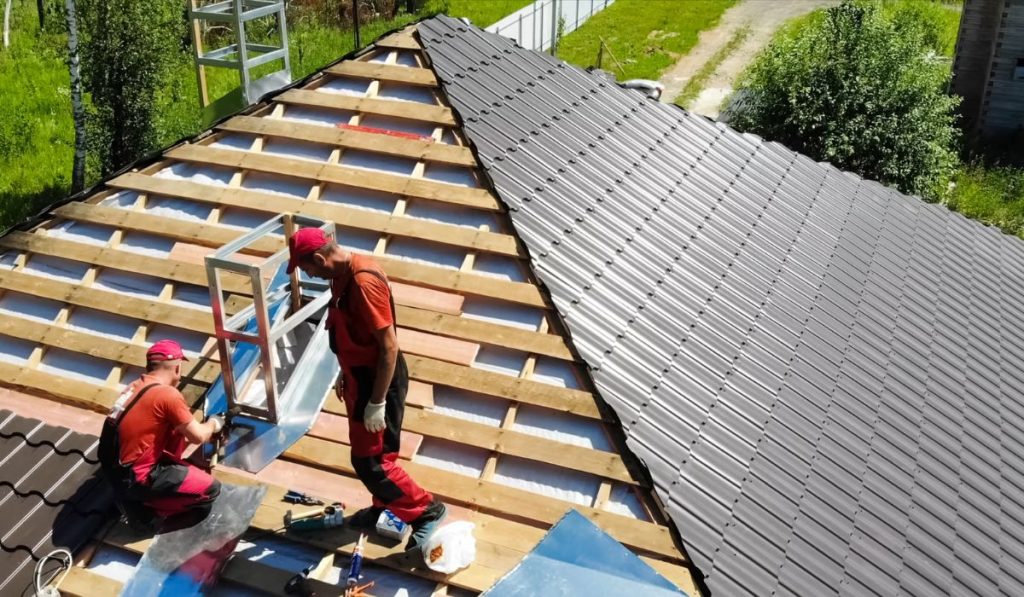Gutters play a big role in protecting your home but they don’t last forever. Over time, wear and tear can lead to leaks, sagging, and water damage.
This guide covers how long gutters typically last, what affects their lifespan, and the signs it’s time for a replacement—so you can keep your home safe and dry.
How long do gutters last?
Gutters can last 20-30 years with proper maintenance. Materials like copper and steel tend to last longer, while vinyl may need replacing sooner due to wear and tear.
Key Takeaways
- The average lifespan of gutters ranges from 20 to 50 years, depending on the material used.
- Regular maintenance, such as cleaning and inspections, can significantly extend the lifespan of your gutters.
- Different materials have varying lifespans, with aluminium and copper being among the most durable options.
What Affects the Lifespan of Gutters?
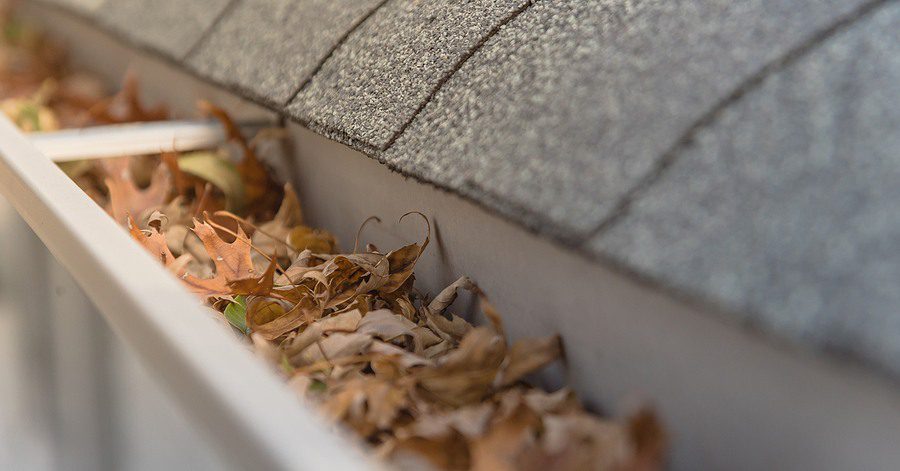
Gutters are exposed to the elements year-round, and their lifespan can be influenced by several factors.
Understanding these factors can help you make informed decisions about when to replace your gutters and how to properly care for them.
Material Type: The material of your gutters plays a significant role in determining how long they will last. Different materials have different lifespans:
Aluminium: Aluminium gutters typically last between 20 to 30 years. They are lightweight, affordable, and resistant to rust, making them a popular choice.
Copper: Copper gutters are highly durable and can last 50 years or more. They are resistant to corrosion and require little maintenance but come at a higher price.
Steel: Steel gutters can last 20 to 30 years. They are strong and can be more resistant to damage, but they are prone to rust, especially if not properly maintained.
Vinyl: Vinyl gutters are affordable but have a shorter lifespan, typically lasting 10 to 20 years. They can crack or warp over time due to weather conditions. Homeowners investing in exterior upgrades like gutters or siding in Blanchard should consider the local climate to ensure long-term durability.
Zinc: Zinc gutters are durable and can last 50 years or more, similar to copper. They develop a protective patina over time and require minimal maintenance.
Climate and Weather Conditions: The climate where you live can also affect how long your gutters last. Harsh weather conditions such as heavy rain, snow, and extreme heat can accelerate wear and tear on your gutters.
For example, areas that experience frequent freeze-and-thaw cycles can cause gutters to crack or break over time.
Heavy Rainfall: Frequent heavy rain can put additional strain on your gutters, leading to corrosion or damage, especially if the gutters are clogged. can gutters cause roof leaks.
Snow and Ice: In colder climates, ice dams can form in the gutters, causing them to sag or detach from the roof. The freezing and thawing cycle can damage gutters and reduce their lifespan.
High Winds: Strong winds can cause gutters to become loose or dislodged, especially if they are not securely fastened or if they are made from weaker materials.
Maintenance and Care: Proper maintenance is essential for extending the lifespan of your gutters. Neglecting to clean and inspect your gutters regularly can lead to clogs, rust, and other issues that reduce their effectiveness and longevity. Gutter maintenance Choctaw Oklahoma can help homeowners keep systems performing reliably through seasonal changes.
Cleaning: It’s important to clean your gutters at least twice a year—once in the spring and again in the fall. This prevents debris buildup that can cause clogs and prevent water from flowing freely.
Inspection: Regularly inspect your gutters for signs of wear and damage, such as rust, cracks, or sagging. Addressing these issues early can help prevent further damage and extend the lifespan of your gutters.
Repairs: If you notice any small issues, such as loose fasteners or minor cracks, take care of them right away. This can prevent more serious problems from developing down the line.
Signs That It’s Time to Replace Your Gutters
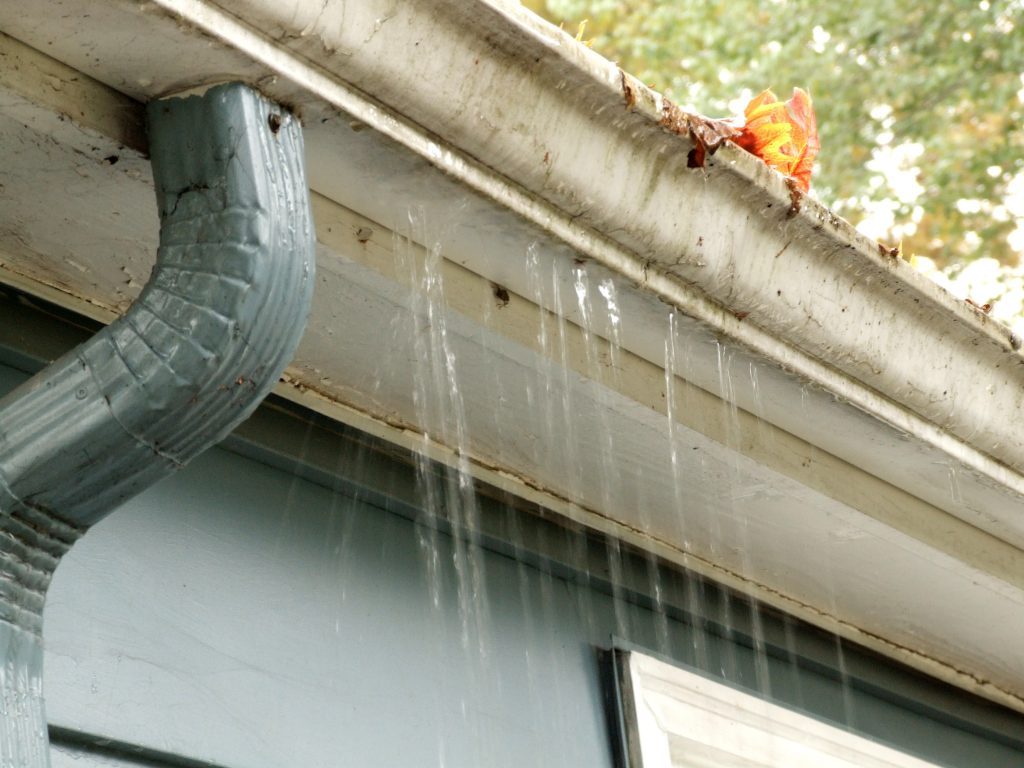

Even with proper care and maintenance, gutters won’t last forever. Here are some signs that it may be time to replace your gutters:
Rust and Corrosion
If you notice rust or corrosion, especially in metal gutters, this is a sign that the protective coating has worn off, and the material is beginning to deteriorate.
Once gutters start to rust, they lose their strength and effectiveness.
Sagging or Pulling Away from the Roof
If your gutters are sagging or pulling away from the roof, this is a sign of structural damage.
Gutters that are no longer level or securely attached to the house will not effectively channel water away from the roofline and can cause water damage to the home’s foundation.
Leaks and Holes
If you find that your gutters are leaking or developing holes, they will no longer function properly.
Small leaks can often be repaired, but if the damage is extensive, it may be more cost-effective to replace the gutters entirely.
Clogging and Overflowing
Gutters that regularly clog or overflow, even after cleaning, may be past their prime.
If your gutters are not channeling water efficiently and continue to cause water damage, it’s time to replace them with a new system that can handle the flow of water properly. For homeowners looking for reliable solutions, professional gutter repair in Midwest City OK can help restore proper drainage and prevent future issues.
Peeling Paint or Staining on the Exterior
If you notice peeling paint or stains on the outside of your gutters, it may indicate that water is not flowing correctly, leading to rust or mildew buildup.
This can be a sign that the gutters are failing and need replacing.
Frequently Asked Questions
1. How often should I clean my gutters?
It’s recommended to clean your gutters at least twice a year—once in the spring and again in the fall. If you have overhanging trees, you may need to clean them more frequently.
2. How do I know when to replace my gutters?
Signs that it’s time to replace your gutters include rust, holes, sagging, leaking, or frequent clogging. If the damage is beyond repair, replacing the gutters is the best option.
3. Can I install gutters myself?
While it’s possible to install gutters yourself, it’s often best to hire a professional to ensure proper installation, especially if the gutters are large or you’re unfamiliar with the process.
Conclusion
Gutters are an essential part of your home’s exterior, and understanding how long they last can help you take better care of them.
While the lifespan of your gutters depends on the material, maintenance, and environmental factors, following proper upkeep practices can extend their longevity.
By regularly cleaning your gutters, inspecting for damage, and replacing them when necessary, you can ensure that your gutters continue to protect your home for years to come. For homeowners needing professional gutter repair in Norman OK, timely maintenance can make all the difference in preventing costly water damage.

